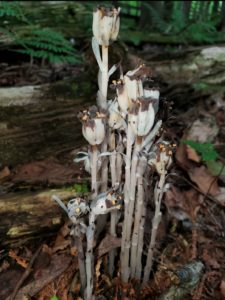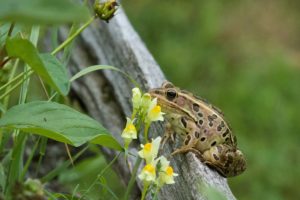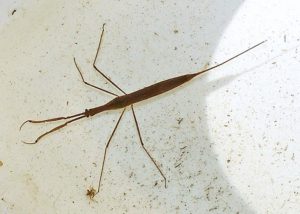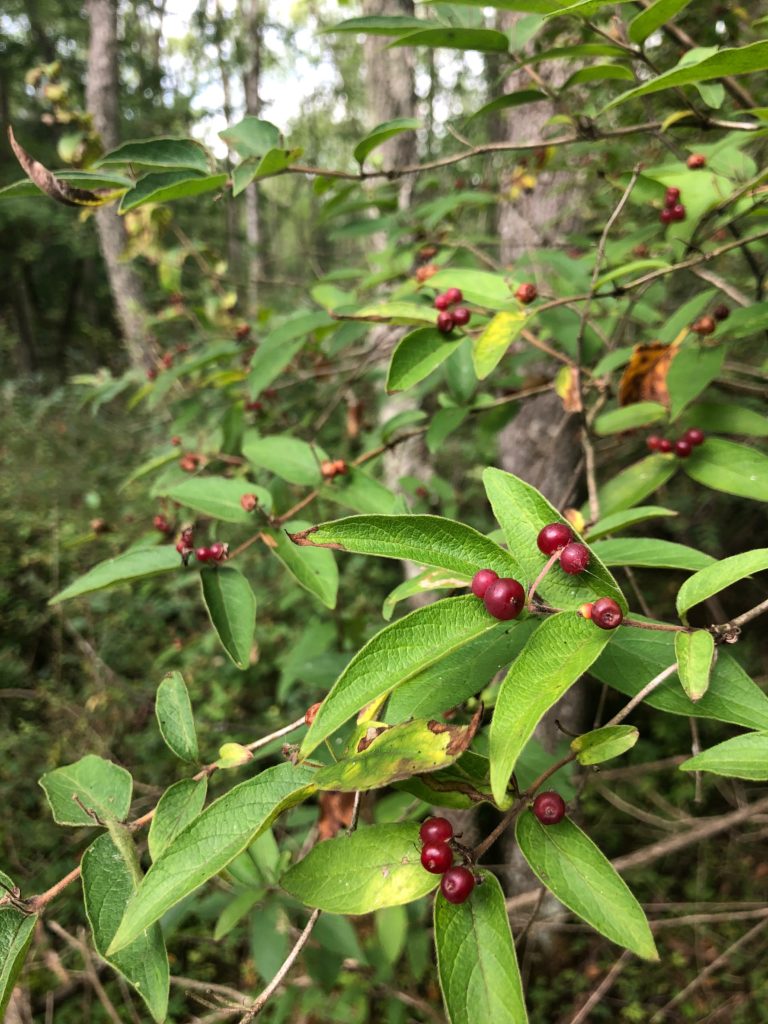Written by summer intern, Kennedy Zittel
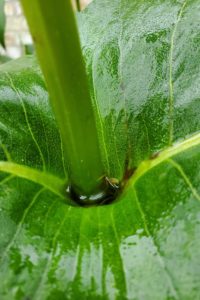 Have you ever seen a bird drink from a cup? I have, but the cup was made out of leaves, and it was attached to one of my favorite native plants: the Cup Plant. This plant really has it all, it is an excellent water source for birds and insects, it has beautiful flowers that pollinators love, and it thrives in Wisconsin weather! The Cup Plant, Silphium perfoliatum, is a perennial plant that is native to eastern and central North America. This plant can grow three to eight feet tall. That is one tall flower! The stem of this plant has large leaves that form a little cup against the stem where rainwater collects in (hence the name Cup Plant). This little cup of water is a great drinking source for birds like goldfinches, frogs, bees, and other pollinators.
Have you ever seen a bird drink from a cup? I have, but the cup was made out of leaves, and it was attached to one of my favorite native plants: the Cup Plant. This plant really has it all, it is an excellent water source for birds and insects, it has beautiful flowers that pollinators love, and it thrives in Wisconsin weather! The Cup Plant, Silphium perfoliatum, is a perennial plant that is native to eastern and central North America. This plant can grow three to eight feet tall. That is one tall flower! The stem of this plant has large leaves that form a little cup against the stem where rainwater collects in (hence the name Cup Plant). This little cup of water is a great drinking source for birds like goldfinches, frogs, bees, and other pollinators.
Speaking of goldfinches, this plant’s seeds are also a favorite food of goldfinches and other small birds. If you are looking to attract more birds to your yard this plant can help as it provides both food and water for various songbird species. The large leaves of this plant provide small birds with cover from predators and shade during the hot summer days. With food, water, shelter, and shade this plant seems like a perfect bird cafe setting.
During the summer months, the Cup Plant has yellow flowers that bumblebees and various pollinators love. These sunflower-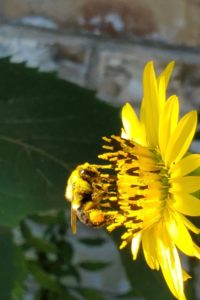 like flowers make for a beautiful addition to anyone’s garden or yard. I have also gotten countless photographs of cute pollen covered bees around these plants, so if you are an aspiring nature photographer looking for a good backdrop to bring in the cute bees, these plants are for you.
like flowers make for a beautiful addition to anyone’s garden or yard. I have also gotten countless photographs of cute pollen covered bees around these plants, so if you are an aspiring nature photographer looking for a good backdrop to bring in the cute bees, these plants are for you.
Besides being a pretty- to- look- at drinking fountain and pollen source, these plants are also great for Wisconsin growing conditions. The Cup Plant is able to endure some pretty extreme weather situations. During the winter months the dormant roots can survive temperatures as low as -22 degrees Fahrenheit (-30 degrees Celcius) Brr! The Cup Plant favors a growing temperature of 68 degrees Fahrenheit (20 degrees Celcius), so it really does love the Wisconsin weather.
These adaptable plants are also disease resistant. Coming from someone that has dealt with the pickiest of plants, these plants would be a dream to care for as they really thrive in this kind of climate that we have in Wisconsin.
The more the merrier. Having more Cup Plants planted together provides support to the other Cup Plants to keep standing upright and not tilt down. Watch out if you only have a small space to plant your butterfly garden though as these plants take up a lot of space and can spread over time. Starting in July when the butterflies begin to visit these flowers, to midsummer when the bumblebees gather pollen, to fall when songbirds feast on the seeds, these plants provide a valuable food and water source for various creatures. I am a bit biased as I really enjoy these flowers, but based on their many perks, the Cup Plant sure is one good native plant to have.
photos by Kennedy Zittel

